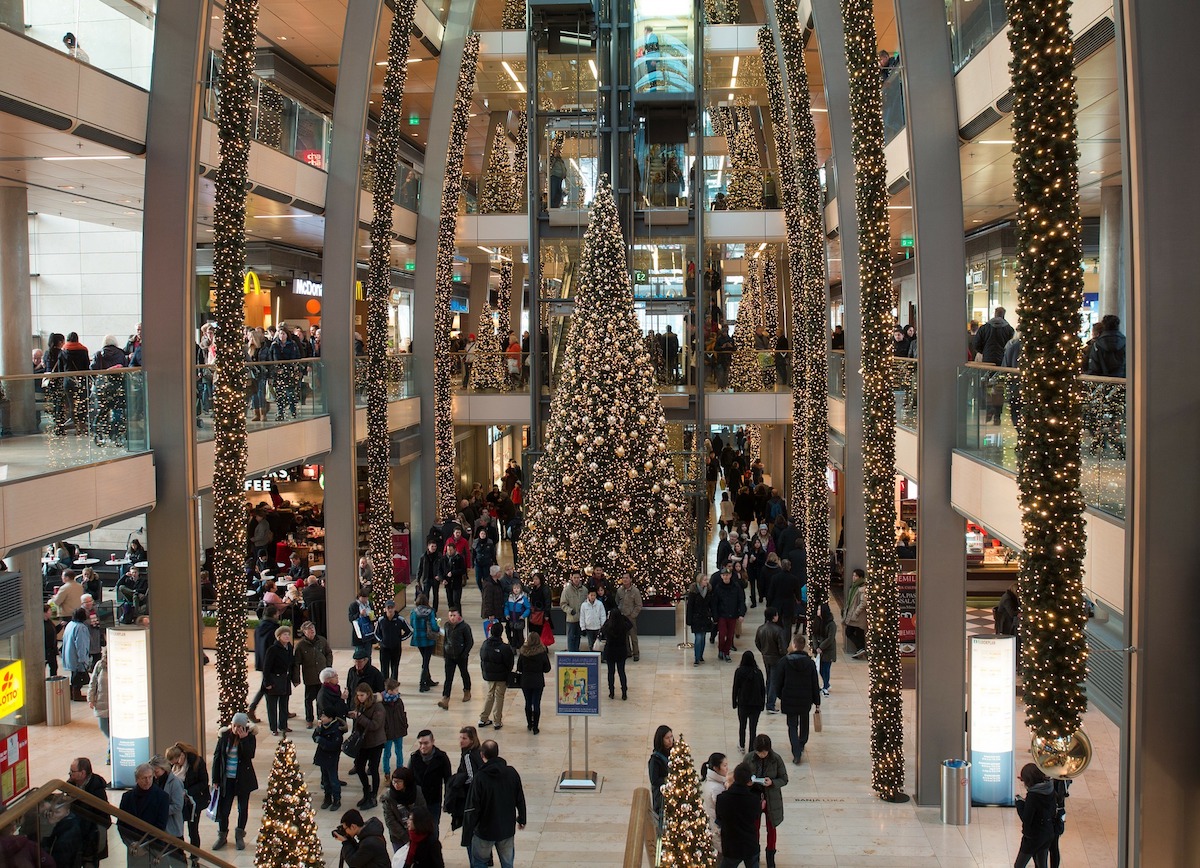Not long ago historically, on this very continent, the economy was based upon gifts, not salaries. Great leaders on the West Coast invited their communities together for seasonal ceremonies, weddings, births and deaths, and gave away their wealth to all who attended. They gave away names, rank and status, and hunting and fishing rights. They gave away firearms, blankets, canoes, food, or carved cedar boxes. Their power came from sharing, not hoarding — caring for everyone in the community.
Pacific Northwest Indigenous peoples called these elaborate rituals “potlatches.” Wikipedia calls them the region’s “primary economic system,” traditionally. Every member of the community benefited as wealthy leaders competed, in turn, to win status with lavish gift giving. But the federal government amended the Indian Act and banned potlatches from 1884 to 1951. Such free-handed give-aways of personal property were seen as “wasteful, reckless and anti-Christian.”
Flash forward 200 years, and traditions have changed. In Canada’s cities and small towns, settlers and livyers (live-heres) individually ply their trades and collect their revenue. Institutions care for the sick, the vulnerable, the elderly. People who give away everything they own are likely to find themselves in a psychiatric ward — with one exception: Christmas, the festival of giving.
Sentiment and ritual are huge at Christmas time. Sentimental songs, movies, plays and TV shows tug at our hearts. We gather our families together for meals. We make rounds of annual parties, where we re-adjust our family, community and workplace status as we count the new faces and catch up on news about the faces that are missing. Such intangible tugs keep us connected to loved ones across time and across absence.
But let’s face it, Christmas is mostly about material goods. We buy new clothes, decorations, fancy food, and of course — presents, presents, presents. About one-fifth of the world’s retail transactions take place around Christmas time. “Christmas is typically the largest economic stimulus for many nations around the world,” according to Statista.com.
During the 2013 holidays, U.S. retailers generated more than $3 trillion USD, reflecting almost one-fifth (19.2 per cent) of total sales that year. U.S. households expected to spend an average of $720 on gifts. Winter holidays also bring charities’ biggest donations, as successful companies and individuals give back to their communities.
Doesn’t that sound like a potlatch? But there are some key differences. At a traditional potlatch, wealth flowed outward, like ripples on a pond. One after another, wealthy households saved up and then shared their abundance, to ensure their community’s prosperity. Usually, potlatches re-distributed resources so that everybody but the host was left richer.
Christmas gift-giving doesn’t work quite that way. When everybody gives to each other, one result is that “Christmas debt” is now a thing, like student debt. In 2011, Canadians planned to spend about $1,400 for the holidays. One survey found one third of respondents said that when they can’t afford gifts, they just put the cost on their credit cards — at 19 per cent interest.
Environmentalist George Monbiot questions the very goal of gift-giving. In his income bracket at least, he says, often the gifts themselves disappear long before the credit card is paid off — gifts like: “a solar-powered waving queen; a belly-button brush; a silver-plated ice cream tub-holder; a ‘hilarious’ inflatable Zimmer frame; a confection of plastic and electronics called Terry the Swearing Turtle; or a Scratch Off World Map.” They’re cute the first day but by the twelfth day of Christmas, “they’re in [the] landfill…[with] materials whose impacts will ramify for generations.”
William C. Wood made a suggestion nearly 20 years ago in the Wall Street Journal, when he saw the beginnings of what we now know as Black Friday. A professor of economics at James Madison University and a member of Beaver Creek Church of the Brethren in Spring Creek, Virginia, Wood put forward a serious suggestion: split the holiday in two.
“The first holiday would be called ‘Nativity’ and it would be exclusively religious.” People could observe Christmas, Yule, Solstice, Hannukah and any floating holidays — but without presents. He continued: “The second holiday is harder to name, but for now let’s call it ‘Excessmas.’ This holiday would be the season associated with excess in everything, including promotion, spending, consuming and drinking.”
The division would be true to the holiday’s origins, he said. “The December 25 origin of Christmas…was that early Christians wanted to celebrate at a time when the surrounding pagan revelries would cover their celebration. They rightly feared persecution and did not want to be conspicuous. Times have changed, but splitting the holiday would bring Christians back to their roots.”
Ever since Unplug the Christmas Machine appeared in 1991, some people have abjured Excessmass on their own. If the short holiday season is destined to be the pivotal point in the world economy’s fiscal year, we need new models for how to do that. Perhaps we’d be wise to bury the Indian Act and look to the potlatches of the Pacific Northwest First Nations — the Heiltsuk, Haida, Nuxalk, Tlingit, Makah, Tsimshian, Nuu-chah-nulth, Kwakwaka’wakw, and Coast Salish cultures — for new models of celebrating and sharing.
Please chip in to keep stories like these coming.



